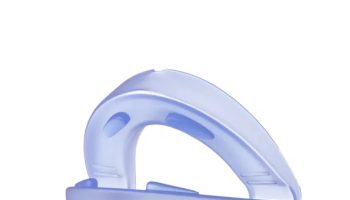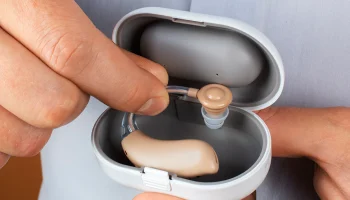If you have a cold that won’t go away, the chances are that you have Newport Beach Sinusitis – the swelling or inflammation of tissues lining the paranasal sinuses. The sinuses are four paired cavities in your head, lined with a thin membrane that produces mucus. Usually, the mucus is swept along the nasal cavity. The drainage can become blocked when the sinus lining swells due to an infection or allergy. Soon, you may feel facial pressure or pain, your head may hurt, and thick mucus may clog your nose. These symptoms may clear without treatment, but often they persist or recur.
What causes sinusitis?
Sinus blockage can result from various genetic, environmental, and anatomical causes, but the main culprit is swelling of nasal passages due to allergies or the common cold. Chronic or severe sinusitis is mainly due to structural problems such as nasal polyps or a deviated septum. Nasal polyps are small growths in the sinus cavity lining, and a deviated septum is a crook in the bony partition separating the right and left nasal cavities. Factors such as smoking and a weak immune system increase your risk of sinusitis. Using pacifiers while lying down for infants and young children could increase their risk of getting sinusitis.
Treating sinusitis
Treatment of sinusitis depends on its severity; for example, sinusitis that lasts a month or less (acute) can be treated with decongestant sprays and drops. But you want to use them sparingly to avoid rebound congestion – congestion that comes back after stopping using them, leaving you with a new problem to treat. If decongestants don’t relieve your symptoms, you may benefit from nasal irrigation; a simple, cheap, and effective way to treat and prevent sinus problems. Using a homemade solution for nasal irrigation also helps you reduce reliance on decongestant sprays and drops. Here is how you can make a solution at home:
- Boil water and let it sit until lukewarm; stir in half a teaspoon of baking soda and half a teaspoon of non-iodized salt into the previously boiled or distilled water.
- Use a neti pot to steam the solution through your nose.
- Alternatively, you can fill a small bulb syringe with the salt solution and squeeze the bulb into one nostril. The water solution will run back out the nostril or the opposite nostril. Do the same on the other nostril; if the solution stings, use less salt.
However, if your symptoms are severe and last more than a week, your healthcare provider may prescribe antibiotics. You can relieve facial pain or pressure with over-the-counter medications such as acetaminophen, aspirin, and ibuprofen. Inhaling steam or a warm compress on your face may also reduce the pain.
If you have chronic sinusitis, meaning your symptoms linger or keep returning, an otolaryngologist may order a CT scan to evaluate your nose and sinuses to look for the blockage causes. Additional tests such as blood and allergy tests may also help diagnose the cause of your sinusitis. If the main problem is anatomical, such as deviated septum or nasal polyps, minimally invasive surgery may help restore sinus function and reduce the severity of sinus infections.
Book a session with your specialist at Alexis Furze, MD, for sinusitis treatment to improve your quality of life.





